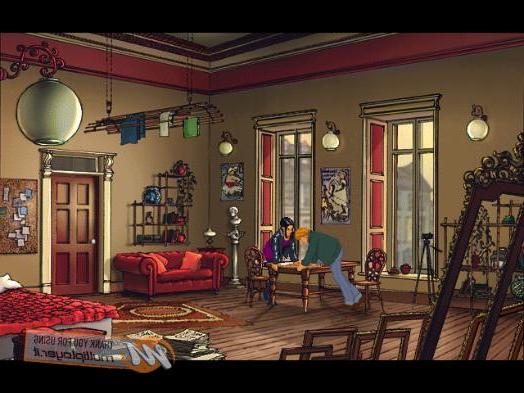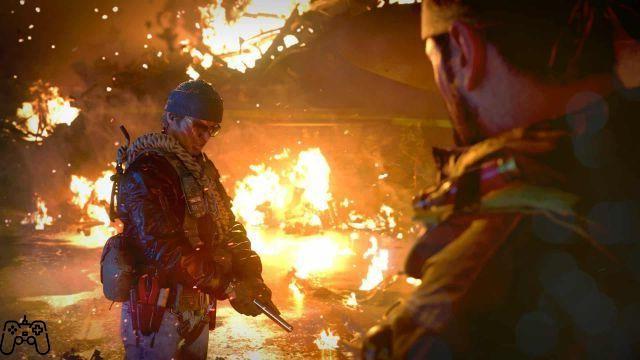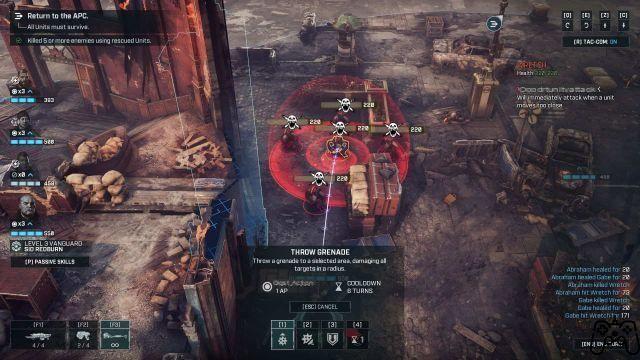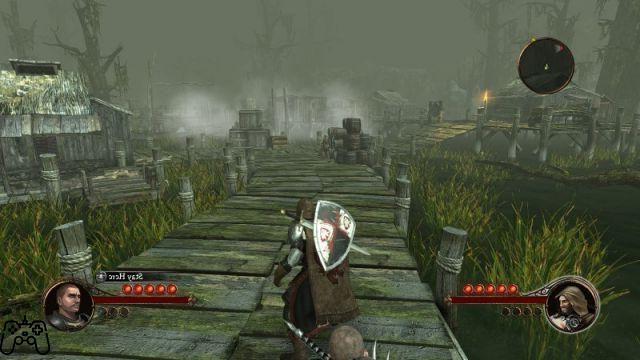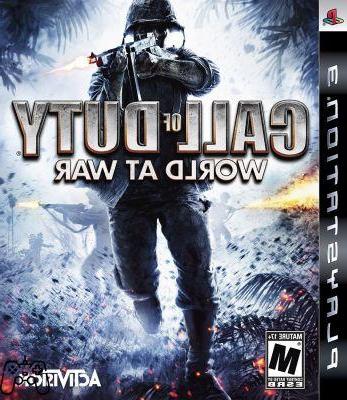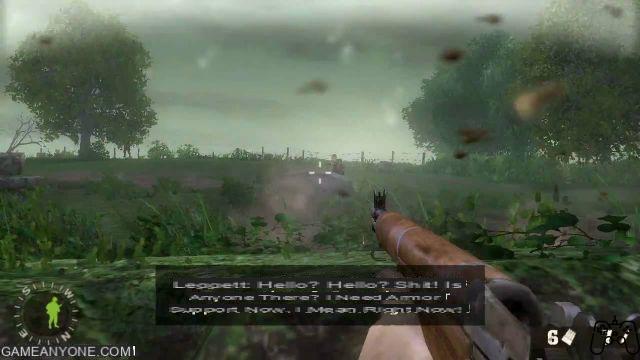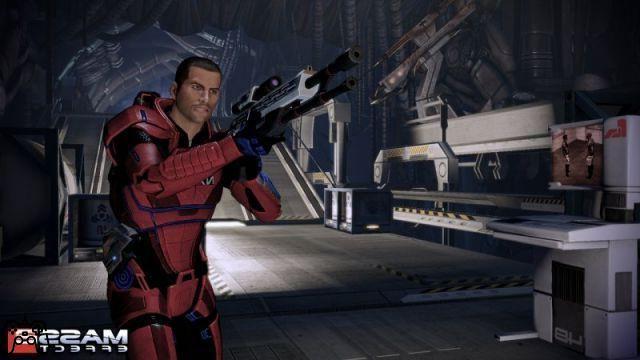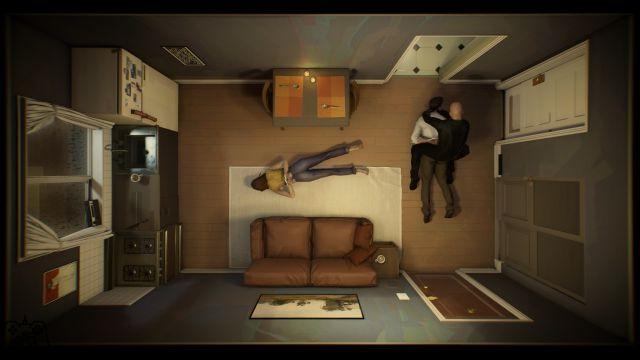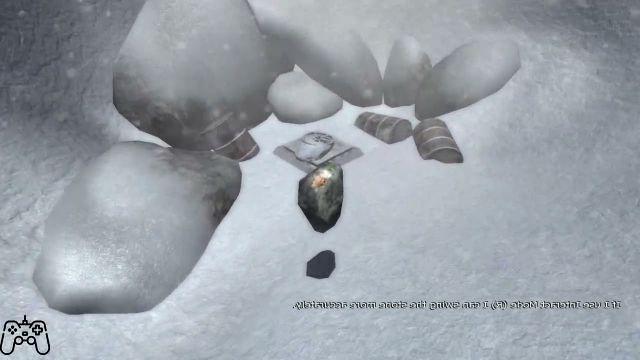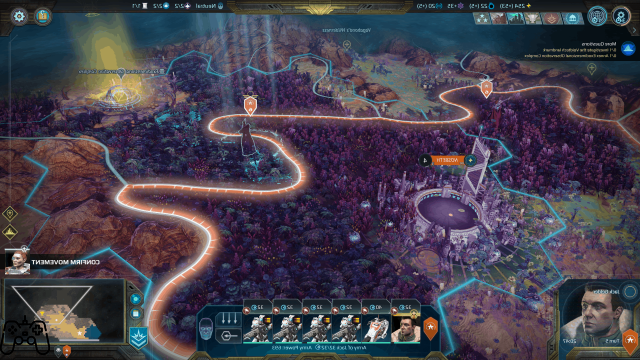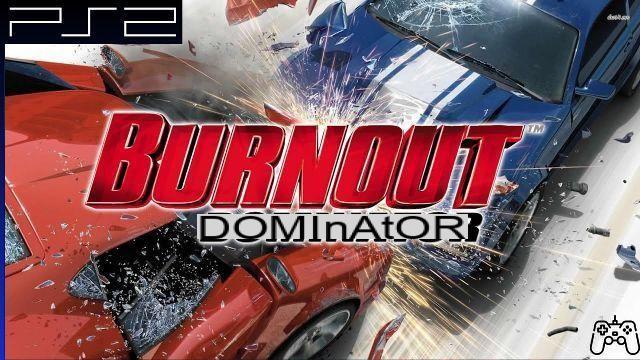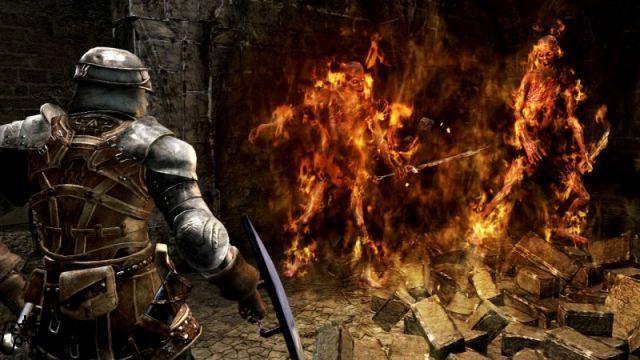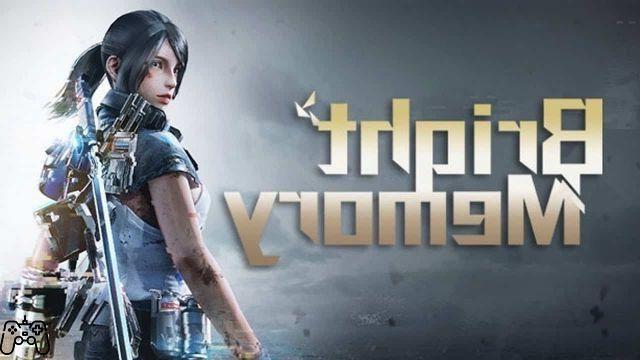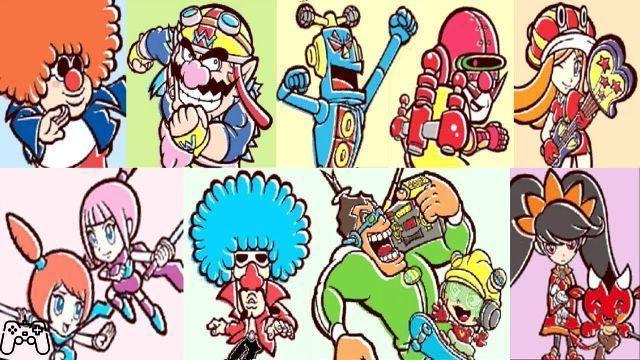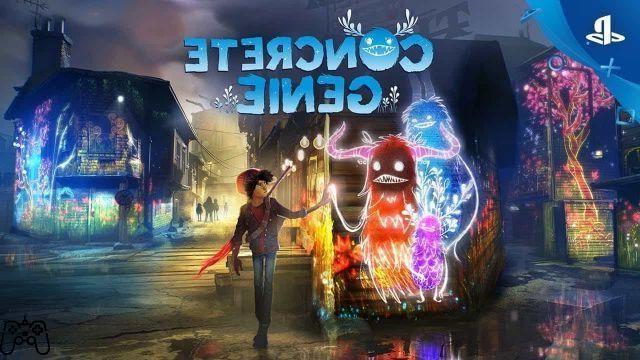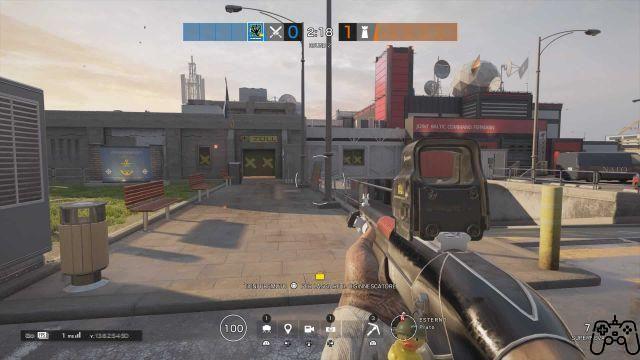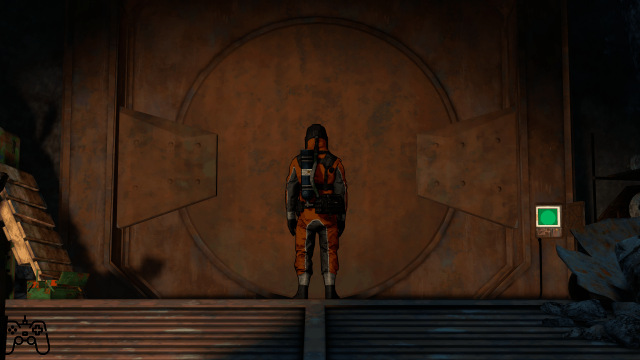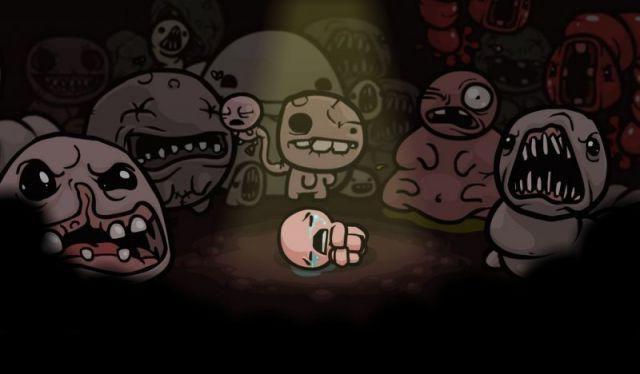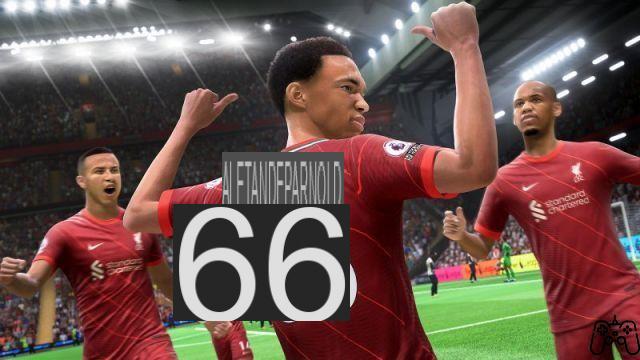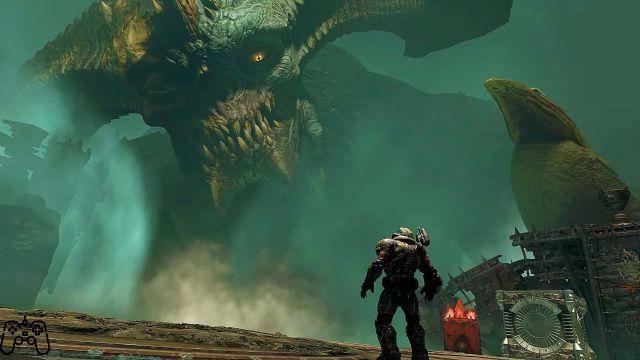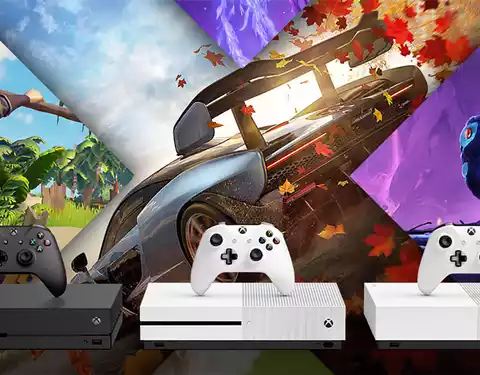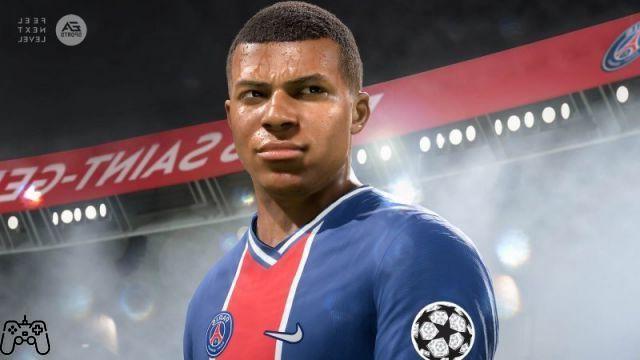The first The Division had shaped Tom Clancy's imagination by offering us a much more incredible scenario than a science fiction one. We are used to thinking of New York as a city that is always active, night and day, alive and on the move, a crossroads of people who crowd its teeming streets. The New York visited in the Ubisoft series, on the other hand, was dead, immobile, an empty shell in which the few survivors of an epidemic took refuge and where armed bands snaked in contending for the few resources.
As if it were a ghost town from western movies, with bales of hay rolling along the empty avenues, here replaced by sheets of newspaper carried by the wind in the streets. A posse of four gunslingers who ventured there to save what can be saved, in a metropolis where if smallpox doesn't kill you, it will be a bullet.
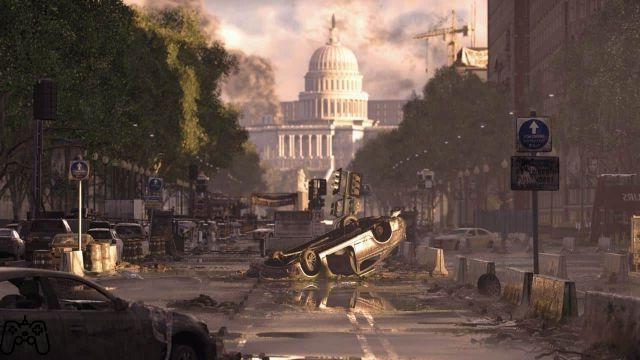
A few months later, the plot shows us a little better scenario. The emergency has passed the critical point, but the devastation has affected both people and society. The crisis has shaken the United States wherever the disease has arrived, even leaving the capital in a state of anarchy where the tug-of-war between order and chaos is part of everyday life.
The setting of this sequel is not chosen by chance, it has a very strong symbolic value, but which is inevitably "lost in translation" for anyone who is not American. Washington DC is the capital of the 50 states, but it also represents the nerve center of politics, condensed into a graphic symbol. In fact, the White House is not only the president's residence, it is a visual and material icon used to identify an intangible concept such as politics in the US imagination.
Seeing Washington therefore become a battlefield is a very strong metaphorical message for any American, it makes one understand the gravity of the situation on the fly: the epicenter of the stars and stripes democracy is overwhelmed by the cyclone of violence, but its temple, the Home Bianca resists and maintains a symbolic value, becoming the central base for all law enforcement agents of the JTF and the Division.
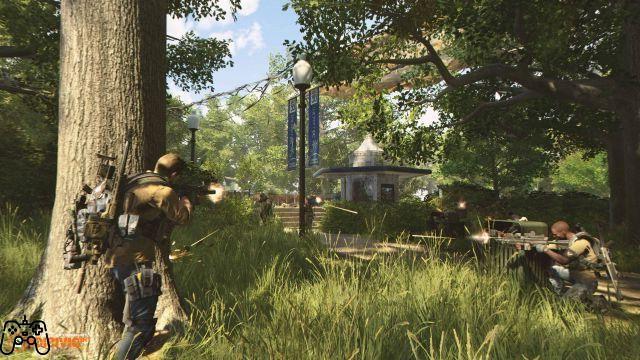
However, this scenario loses, at least for those on this side of the Atlantic Ocean, this value and perhaps for this reason it may seem aesthetically repetitive, as various places visited resemble others in The Division's New York. Interiors of buildings, underground car parks, offices.
The missions take us to beat the length and breadth of the streets and buildings, confirming Ubisoft's attention to recreate urban settings with a great deal of detail and realism, however the trait of the American metropolis always remains the same. Certainly a clearer detachment would have been marked if a European city had been chosen, stylistically, urbanistically and architecturally profoundly different from each other.
Graphically, however, the quality complies with the already good 2016 debut. Too bad that the optimization for the basic console is not satisfactory, therefore you run into some sporadic, but tangible, drop in frames and the pop up of textures in the open areas, after the loading phases, becomes very annoying. Even for about thirty seconds after entering the game, it may happen that you walk along the streets and see blurred or grainy polygons at every corner.
The Division 2 sadly doesn't improve the storytelling, re-proposing a simple handful of films with some supporting actors who introduce the silent protagonist to his next goal. There is no real plot, so and everything is always told inconsistently. The audio diaries in the first chapter created an impersonal exposition, charged with tension, as thanks to short narrative pills they were able to reconstruct an extremely convincing narrative tapestry, both in explaining how the epidemic had spread in a devastating way, and how the reaction of the people had been strong, both for good and for bad. Each audio diary in fact focused on a small episode, which condensed a pill of humanity capable of striking the user. Here the audio diaries instead testify only to a stagnant situation, where civilization walks on a woolen thread, doing acrobatics so as not to fall, thus creating a clear picture of the scenario, but without particular dramatic flashes.
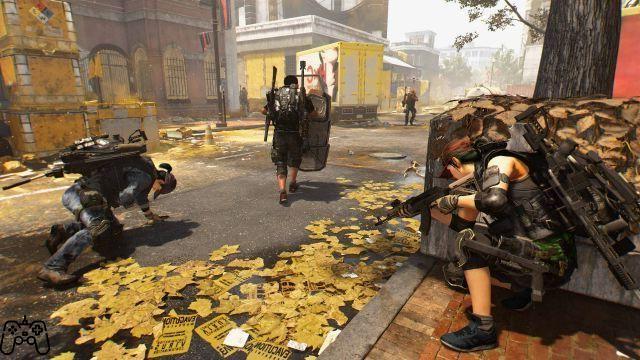
The mechanics always consist of the hybrid between third-person shooter and role-playing game. In summary, for those unfamiliar with the first, in The Division 2 there is a subdivision of TPS and role-playing elements, both used to manage firefights.
The aiming system therefore takes the same approach as a normal TPS, but the power of the weapons and the statistics determine the amount of damage inflicted. Therefore, even an excellent shooter will only do minimal damage on the strongest enemies, if he does not dedicate himself to looking for weapons and pieces of better equipment, including defensive ones, which add effects and increase statistics such as resistance or reduction of the cooldown time of special abilities. . The latter in particular assign actions to be carried out in battle, ranging from repairing armor to deploying additional guns, creating specializations similar to the classes of an RPG, so each member of the team can devote himself to a different task. Among the new accessories, however, there are several technological devices that have a vaguely sci-fi flavor (such as the spherical homing mine, or the futuristic drones of the Black Fang) and which appear quite extraneous to the rigor with which war technology is reproduced in the games of the vein " Tom Clancy ”(name now reduced to pure and simple label disconnected from any reference to the novels, especially since Ubisoft stabbed the Rainbow Six book by implementing zombies in Siege).
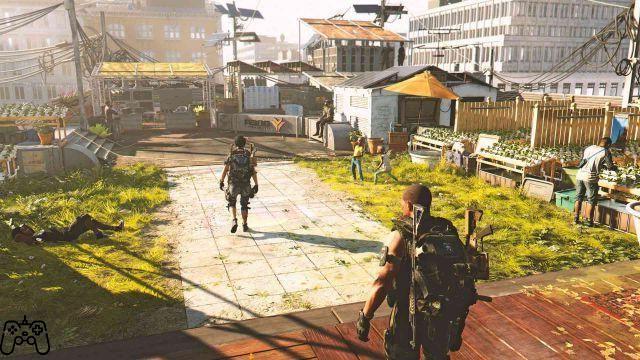
Different speech instead for the shooting, managed much better. Each weapon recreates different realistic peculiarities, such as rate of fire, recoil, handling and ease of use depending on the caliber, with greater attention to likelihood and more in keeping with the tone of the game.
Ballistics is generally accurate, except perhaps very little in the hitboxes of moving enemies or in the presence of decorative objects such as plastic canisters or the like, which are involuntarily counted as "obstacles". However, there is talk of small dirt, but nothing that spoils the enjoyment of a system that works well overall.
Enemies are now much more aggressive and lethal, often even the troops of a secondary mission are able to move with great dynamism, easily avoiding grenades or explosions and encircling players from any direction. This point in particular reiterates how The Division 2 is a game designed specifically to be played with friends, preferably many. A group of only two people in fact borders on the bare minimum to avoid too many game overs and restarts, but even so there will be many difficult moments, which will make the presence of a third and fourth element desirable. However, it is not advisable to venture completely alone, as it can be frustrating and does not allow you to enjoy the game as it is intended.
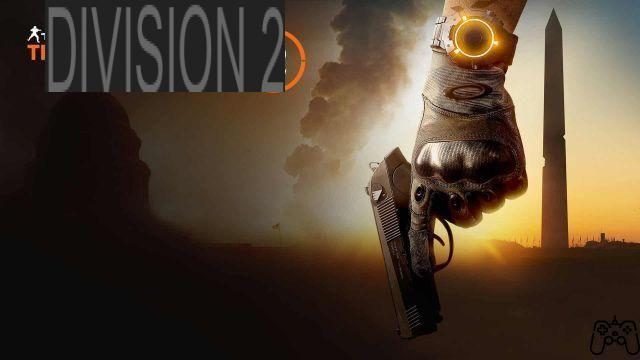
The role-playing part helps to correct what was the great flaw of the predecessor. Washington DC has a large number of missions to carry out, which not only provide more variety, but are intertwined with the enhancement of your character, adding a hint of management aspect.
The neighborhoods in fact have bases and outposts, which can be conquered and become reference points for a quick return or find reinforcements and valuable loot.
Three groups (plus the aforementioned Black Fang, which comes at the end of the campaign to provide an additional challenge) compete for the capital by controlling its zones. Conquering an area, however, is only part of the work, later it will also be necessary to support it by making donations of materials and equipment, obtaining in exchange new missions, rewards, bounties to be collected and more.
This time, the surplus of weapons and baggage can be used extensively. Materials are used to craft new items or modifications, but building plans will be earned as rewards for upgrading a zone. As a result, unused resources, if donated to liberated neighborhoods, open up a wide range of options. If in The Division you ended up selling for a few pennies or dismantling, now the disposal of the superfluous and the secondary missions are better intertwined in the role-playing aspect and indeed serve to create new opportunities.
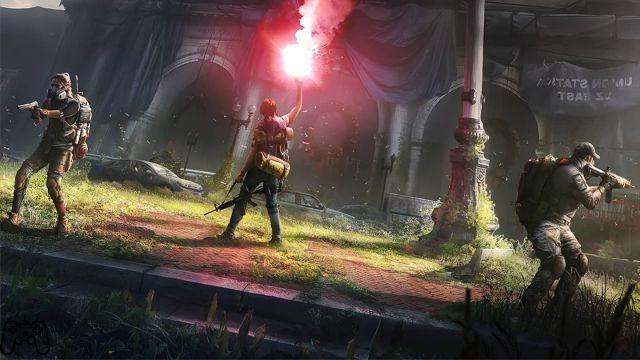
The so-called endgame of the game has also been enhanced, adding various modes in addition to the usual forays into the Dark Zone. Conflict in fact represents a kind of PvP (deadmatch or domain) where the leveling system equates users as much as possible to avoid too marked gap between arsenal and rank. This, however, is the least convincing part, as the comparison is not always precise in reconciling, in competitive multiplayer, that functional RPG structure to the PvE essence of The Division 2.
The Dark Zone, on the other hand, remains a no-man's land, where it is mandatory to go to get items of the highest quality, but which can turn out to be a jungle. In fact, the battles to take possession of the loads and the relative extractions become a scuffle in which players and computers find themselves shooting at each other, often in an unexpectedly fun or frustrating way. (depending on who you meet). The three black zones remain the most dangerous sections of the map, where you risk being attacked by renegade agents (the enemy players) and particularly strong CPU, thus leaving the decision to enter or not at your own risk. Exactly like in the first Division, however, players with the vocation of the PK (or player killer, those users who only enjoy going around killing other players to interrupt their sessions) could launch into rambling attacks.
The war against the Black Fang instead offers guarantees of a more usable endgame, putting agents in the fight against a fourth faction along the same roads in which the campaign was played. To overcome the repetitiveness at this point, three new specializations with enhanced weapons are unlocked, as well as new types of technologically fierce enemies. Between ups and downs, however, there is more to do once the story is over than in the previous episode.
USEFUL INFO
The Division 2 is an MMO shooter designed to be enjoyed in a cooperative with at least one or two companions, up to a maximum of four which represents the ideal group. Cannot be played offline. This sequel remedies the lack of content from which the first chapter suffered at launch, therefore there is a greater variety of activities to be carried out and missions, as well as a better cohesion of these in the MMO-role sector.
Duration- About twenty hours to complete the campaign and some side missions. Almost double if you dedicate yourself to more exploration and endgame missions.
- Game Name: Tom Clancy's The Division 2
- Release date: March 15 2019
- Platforms: PC, PlayStation 4, Xbox One
- Dubbing language: N/A
- Texts language: N/A
Graphics
It remains on the good level of its predecessor and the care in creating urban settings, typical of Ubisoft games, is appreciable. The game, however, is poorly optimized for base consoles, presenting widespread cases of texture pop ups after uploads and sporadic drops in frames.
75
SOUNDTRACK AND DOUBLE ROOM
Effect music builds an action movie tension. None of these, however, ever manages to propose a theme of impact, limiting itself to being a good sound accompaniment in the background, but nothing else.
80
GAMEPLAY
Satisfyingly hybrid shooter and RPG. A pinch of management aspect also creates more cohesion between the player's actions and Washington's progressive recovery. The shooting is handled fairly neatly and keeps the middle ground between TPS and MMO.




